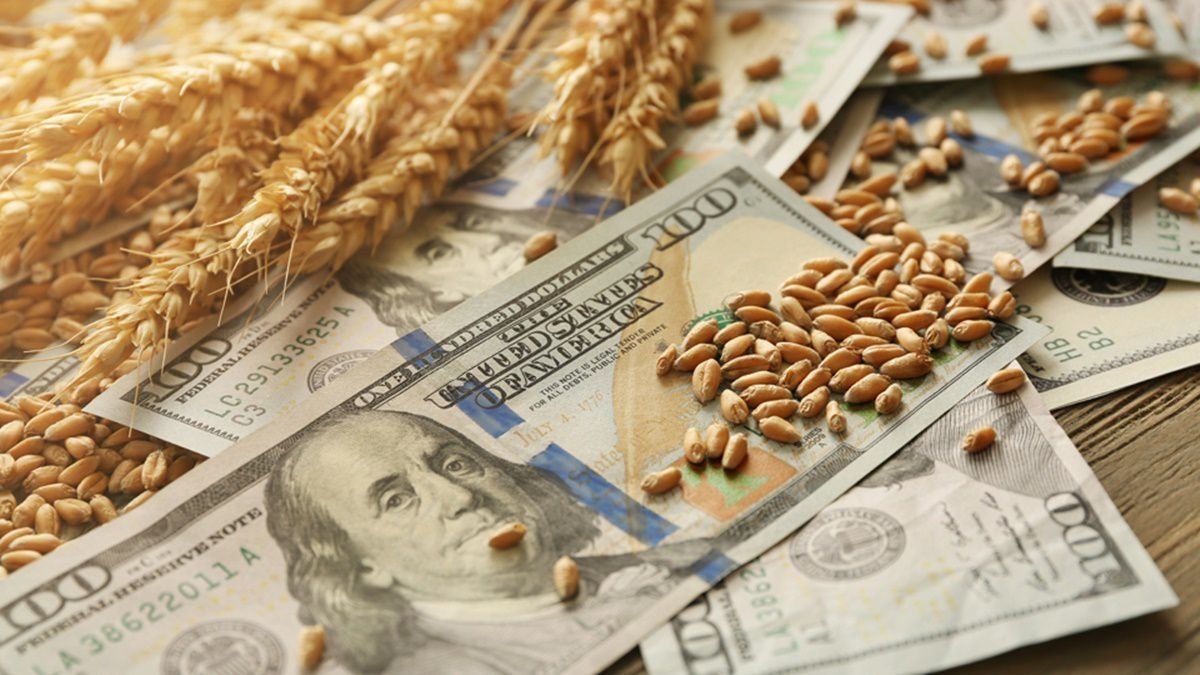This Wednesday, just as I had anticipated Ambitthe Government made effective the expansion of the Export Increase Program (PIE) to incorporate barley, sunflower, sorghum, wine, tobacco, leather and the automotive and mining industries (except lithium) within the sectors that can access a differential exchange rate for exporters. City analysts put a magnifying glass on the measure and its possible results.
As a voice from the City explains to this medium, the measure responds to the fact that “The Central Bank (BCRA) has very few reserves and this occurs in a context in which the dollarization of investments and savings is very large.”
In a similar sense, the Eco Go economist points out Sebastian Menescaldiwho maintains that this decision “responds to the fact that very little is being settled and The BCRA has problems accumulating reserves”.
Federico Vaccarezza, an expert economist in foreign trade at the University of Avellaneda, considers that this is good news in pursuit of “gradually releasing the dollar income of exportersalthough he recognizes that the best thing would be to be able to lift exchange restrictions and equalize exchange rates, he maintains that “given the current context, it is a good step.”
Expansion of the dollar for exporters: the view of analysts
However, many analysts They doubt that this decision could have a strong impact in that sense because, according to economist Federico Glustein, “the Argentine macro is overstimulated by the electoral scenario and the runaway issuance of pesos.””.
Menescaldi also believes that, regardless of progress with this measure, it is most likely that the demand and supply of dollars will continue to be unbalanced and considers that, in reality, this extension of what was the soybean dollar 4 to other sectors of the economy, what it does is “give a signal that devaluation is around the corner.”
It does not rule out, however, that some exporters take advantage of the possibility of selling something to capitalize on the differentiated exchange rate.but it is not expected that there will be many liquidations as in previous editions, in part, due to the proximity to the elections and also because it is expected that, shortly, the special dollar that is applied to them will also be delayed.
An effect on the CCL dollar
For his part, Glustein acknowledges that This program can help slightly contain CCL jumpsgiven the decision to force 25% to be liquidated through that market, a mechanism that increases the flow of dollars entering that market, hopes that those who can do so will decide to hold on to exports until the arrival of exchange rate unification or a devaluation, that could come after the elections.
In short, as stated Pablo Ferrarifrom the University of Avellaneda, “this is an essentially temporary measure that responds to the need to obtain dollars to quickly reinforce reserves.”
And he highlights, like the rest of the economists consulted, that The possibility of reinforcing reserves immediately is the positive aspect of this measure, since it warns that “going through this situation of dollar shortage is imperative” for the Government in the face of the elections and a complex exchange rate context. It is in this circumstance that the measure is registered.
Source: Ambito




